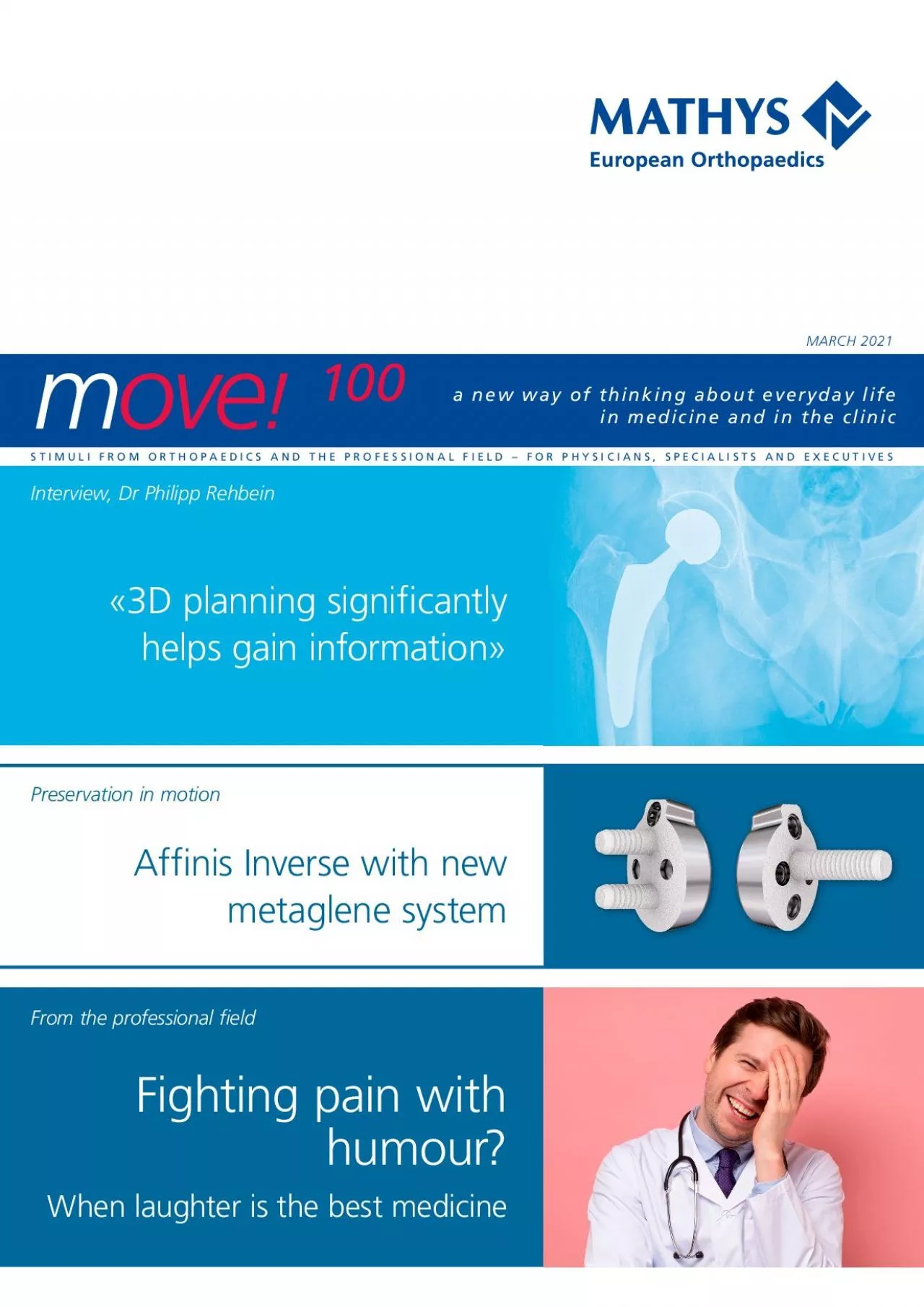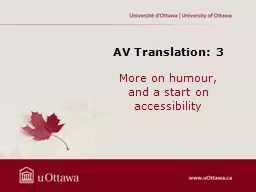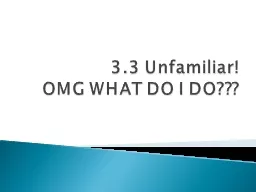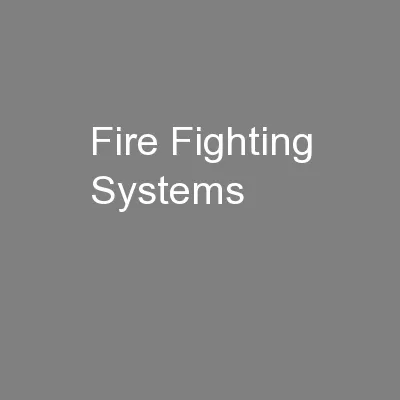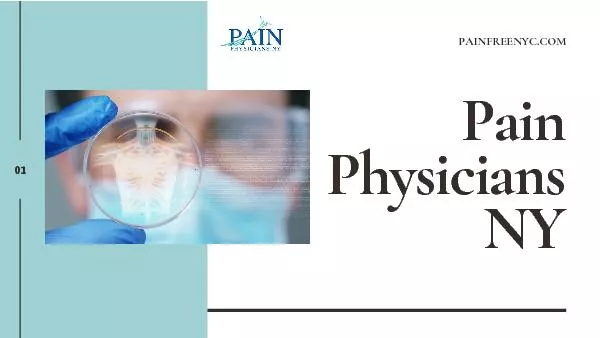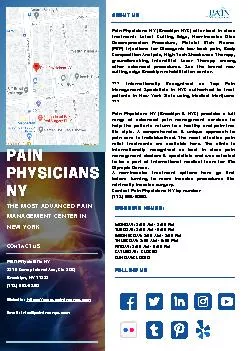PDF-Fighting pain with humour
Author : caitlin | Published Date : 2021-09-01
1003D planning signi31cantly helps gain informationDr Philipp Rehbein has been the medical director of the Centre for Orthopaedics Spine and Trauma Surgery ZOWU
Presentation Embed Code
Download Presentation
Download Presentation The PPT/PDF document "Fighting pain with humour" is the property of its rightful owner. Permission is granted to download and print the materials on this website for personal, non-commercial use only, and to display it on your personal computer provided you do not modify the materials and that you retain all copyright notices contained in the materials. By downloading content from our website, you accept the terms of this agreement.
Fighting pain with humour: Transcript
Download Rules Of Document
"Fighting pain with humour"The content belongs to its owner. You may download and print it for personal use, without modification, and keep all copyright notices. By downloading, you agree to these terms.
Related Documents

